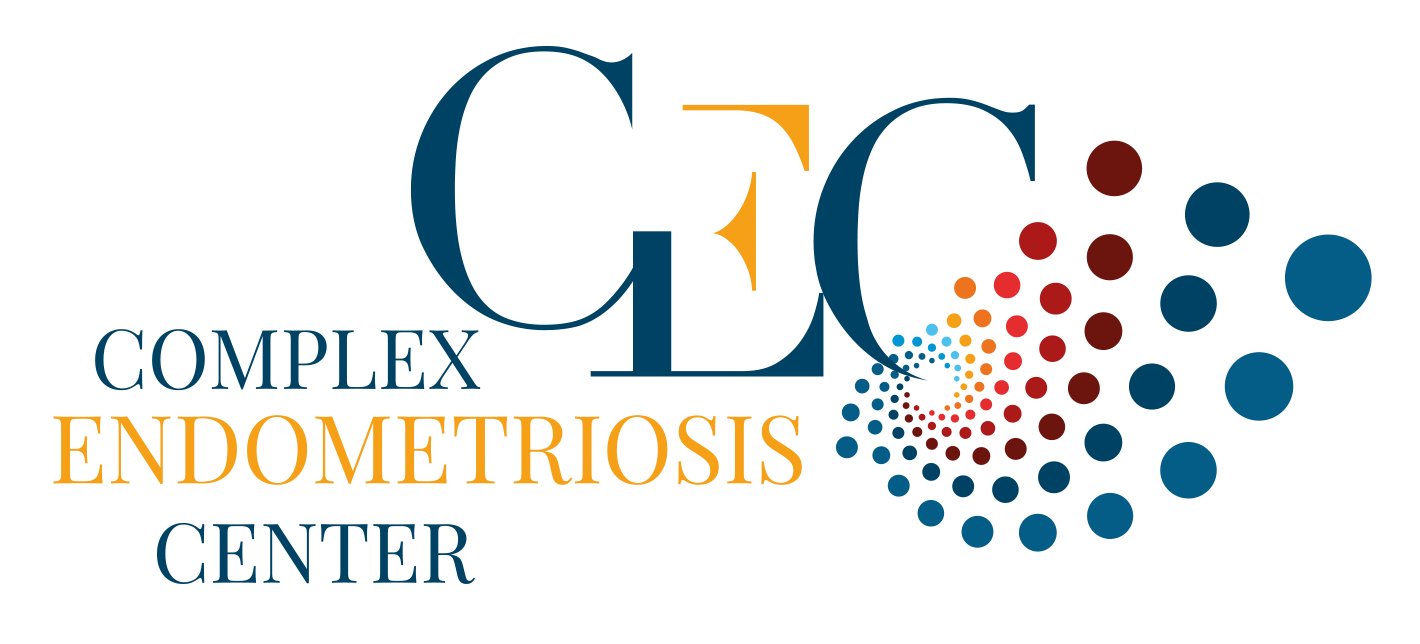The fallopian tubes are affected by endometriosis either directly (adhesions induced by inflammation causing hydrosalpinx) or indirectly (passage of endometriosis through the tube leading to hematosalpinx, rarely accumulation of blood in the tube).
Hydrosalpinx
Hydrosalpinx can induce infertility not only because the affected tube is non-functional, but accumulated fluid inside the tube can also interfere with implantation of an embryo that may arrive in the uterus through the lateral control tube. Treatment of hydrosalpinx, even if unilateral, is therefore a priority in case of infertility.
If the affected tube has not been subjected to previous surgery, laser tubal plasty (salpingoneostomy) can be performed. Depending on the degree of damage, spontaneous pregnancy can be expected in 33- 80% of cases. If the hydrosalpinx recurs after surgery, must be removed the tube (salpingectomy). If both tubes are affected, in vitro fertilization is required to achieve pregnancy. These indications are carefully established by multidisciplinary teams and clearly explained in preoperative consultations.
Hematosalpinx
When the tube is dilated by a collection of blood (hematosalpinx), it is futile to perform tubal plasty. Indeed, if the tube wall is invaded by endometriosis, it is currently impossible to excise it while preserving the tube, necessitating its removal (salpingectomy).
